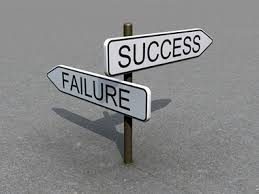You cannot manage what you do not measure and you cannot reward what you do not manage. We see and hear this all the time at productivity seminars, but how does this apply to your staff? Are you able to measure the effectiveness of your staff at their various levels of productivity?
Sure we can count output of widgets made per hour per workstation, but what about staff engagement and happiness. Colin Hall from Learning to Lead works with businesses all around the world assisting staff to become more engaged in their daily jobs. With as much as 80% of staff disengaged or involved in activities other than core productivity, it is no wonder our businesses are stagnating and people are grumpy at the coffee machine.
Regular check-in sessions with a mentor with a huge dose of accountability and at least annual or 6 monthly assessments are key to getting a better level of engagement.
But do not fall into the corporate trap of descending a huge black cloud of despair on the business when it comes to assessments. These should be unrelated to salary increases and more about promoting productivity at work. A great assessment should be at its heart a self-assessment that each staff member can then reflect back to their mentor or manager with. The manager is there to guide through their experience the development of a roadmap that addresses failure, understands learning and maps a way forward that is congruent with the development of the business.
Getting this right is not easy and the larger the business the more staff dynamics you have and the more complex the task becomes. If required, get professional help, there are many companies that offer such services.
I like to think that each staff member is accountable firstly to the business as a whole then to their manager for their job KPA’s and then to themselves for their conduct and behaviour. Sharing this at induction sessions and repeating this at regular mentor sessions helps create an environment of achievement and development energy not easily found in most businesses.
And if you still have those grumpy, unproductive staff members around, then maybe it is time to cut. More on this in the next post.


Leave A Comment